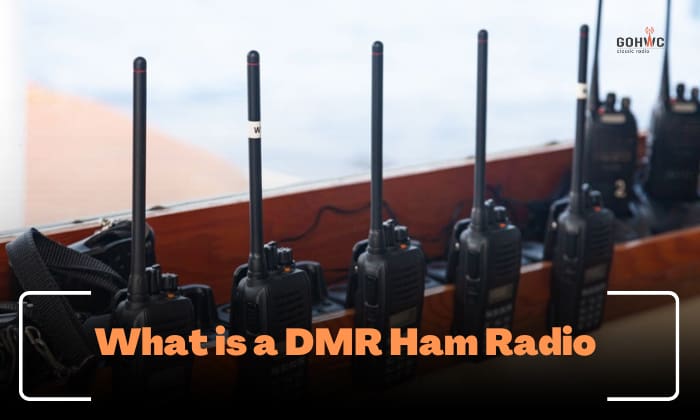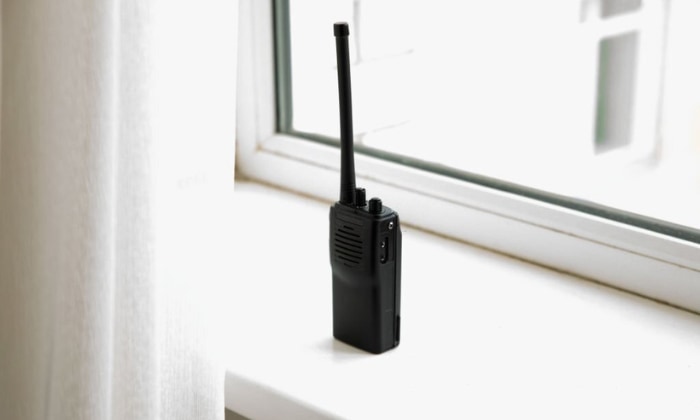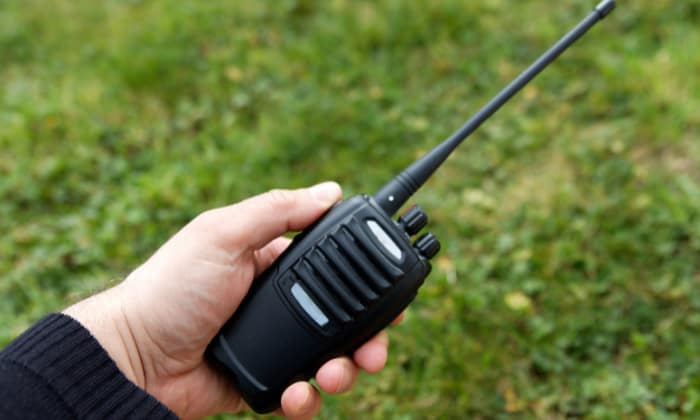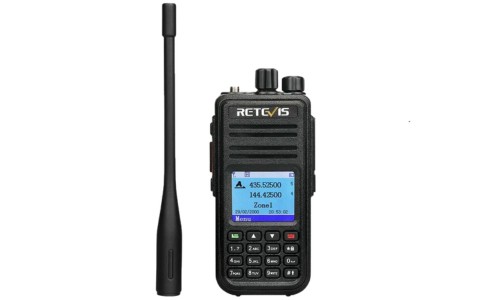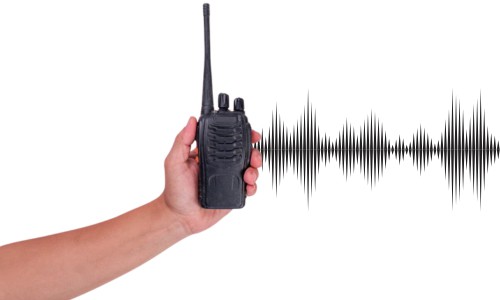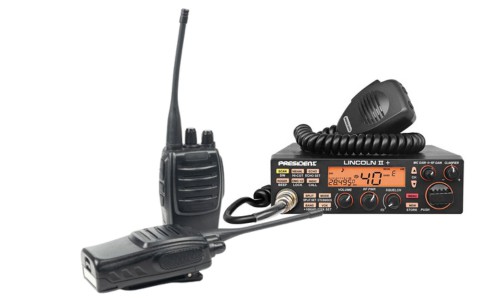During your foray into the world of radioing, have you asked, “What is a DMR ham radio?” For starters, let’s define ham and digital mobile radios (DMR).
The previous is also called amateur radio and is used by hobbyists for non-commercial purposes. DMR, meanwhile, is a radio standard or requirement for digital radio operations, which replaced analog systems.
Knowing what each component stands for, DMR ham radio is when amateur radio enthusiasts use DMR for their broadcast.
Contents
DMR Definition
As a global standard, DMR is helpful for all types of radio enthusiasts as its system allows interoperability among varying brands. Under the DMR standard, you can link up with a Motorola even using another type of equipment.
European Telecommunications Standards Institute (ETSI), which produced the DMR standard, is proud that it can support various industries, from personal or consumer use to professional setups to public safety operations.
Thanks to DMR, those who want to transition from analog to digital can do so without worries because it can work with current licenses for private mobile radios (PMR). As such, those who want to enjoy the perks of modern radioing can have the DMR as an adept pal.
DMR Radio Explained
DMR’s system is made possible by Motorola’s MOTOTRBO, a two-way radio protocol that converts audio transmission into a digital format.
Motorola boasts of its efficiency and enhanced voice communications, making it more than adept at transmission.
DMRs also employ a repeater setup (reappear), which receives a signal that transmits to a greater distance. As such, it’s perfect for those in constant communication with others who are always on the road, say, truck drivers, in places far away. Talk about ham radio with a powerful range.
Furthermore, DMR lets you link with other DMR ham radios and listen to reappears (repeaters) in the same network online. Thanks to DMR’s improved range, communications are made more efficient.
Key Features and Benefits of DMR Ham Radios
Equip yourself with more knowledge beyond DMR radio’s meaning by learning about its technical aspects, too. By doing so, you’ll be a better radio enthusiast who can help future newbies.
1. Operation Tiers
If you think about which is better: DMR radio vs ham, then worry not, as you can opt to have a DMR ham radio instead. That way, you get the best of both worlds. For starters, here are the tiers that guide DMR usage:
- Tier 1 devices operate in the unlicensed mode from 446.1 to 446.2 megahertz (MHz). It is perfect for beginners who are just testing the waters and want to save money.
- Tier 2 units require a license as it covers the whole DMR range, but users often converge from 136 MHz to 174 MHz (Very High-Frequency band) and 403 MHz to 527 MHz (Ultra High-Frequency band). This tier is the playground of professional radio enthusiasts.
- Tier 3 is also licensed and is dedicated to trunked operations or when frequencies are assigned to users via a control channel (imagine a telephone system’s trunk line, which reroutes you to other numbers).
2. DMR Radio Frequencies
The DMR radio range is from 30 MHz to one gigahertz (GHz), with the 136 MHz to 174 MHz (VHF) and 403 MHz to 527 MHz (UHF) frequencies as the busiest. VHF covers the 30 MHz to 300 MHz range, while UHF works in the 300 MHz to one GHz frequency.
Take note that bandwidth regulations vary per country, so it’s best to consult local regulators or radio clubs for guidance.
Furthermore, DMR units follow a color code, a type of in-band signaling. There are 15 color codes; those under number one cannot communicate with a repeater under a different digit. However, radios can have multiple codes, while repeaters must stick to one.
This signaling prevents radios from wandering (by mistake or not) into another system in the same frequency.
3. How it Differs from Traditional Analog Ham Radios
| FEATURE | ANALOG HAM RADIO | DMR |
| CHANNEL CAPACITY | Analogs only support a single communication channel at a time. | DMR operates in the 12.5 kilohertz channel spacing.
It employs the Time-Division Multiple Access (TDMA), which enables it to have two communication channels or time slots. -> Through this, users can have simultaneous communication on a single frequency. |
| RANGE | Analog radios with upgraded settings and accessories (repeaters, multiple antennas, and the like) can reach thousands of miles, even space.
For basic setups, amateur radios can only work within two to 18 miles. |
DMR has a longer range, even without a repeater.
With a repeater, it can more than double its coverage. |
| AUDIO | Analog signals decrease as the ham radio reaches greater distances. As such, it’s prone to white noise.
Analog radios are prone to noise and interference. |
DMR has a consistent clear and loud sound quality even at greater distances.
DMR processes audio it receives by reducing any background noise. Thanks to digital encoding, a clear voice transmission is possible. |
| BATTERY LIFE | Depending on the battery, standard ham radios can last 18 to 24 months. | Digital radios have 40 percent longer battery life because they use less power, thanks to its efficiency. |
| SECURITY | Encryption of amateur radio remains illegal in many countries. | Digital radios can be encrypted, making it safer than their analog counterparts. |
| ADVANCED FEATURES | Most analog units only have the basic receiving and sending features. | Some digital radios have global positioning system (GPS) tracking, text messaging, group and private calls, data services, and the like.
There’s also trunking for Tier 3 units. |
Conclusion
So what is a DMR ham radio? It’s a reliable amateur radio with better features and better coverage. Being digital, it offers efficiency and enhanced audio quality, making any transmission easy.
With a DMR setup, anyone – even novice radio enthusiasts – can have a playground with little to no stress, thanks to the lack of noise and interference. DMR units are the logical next step for those who want to up their game in the radioing world

Hello! I am Hart, the content writer and editor here at G0HWC. I used to be in the same local radio club with Howe, and he convinced me to join him in spreading my love for the radio with others. With a background in radio studies, I spend every day crafting accurate, easy to read content on various topics related to owning and using radios. I hope that my content can help you confidently venture in your radio journey!

